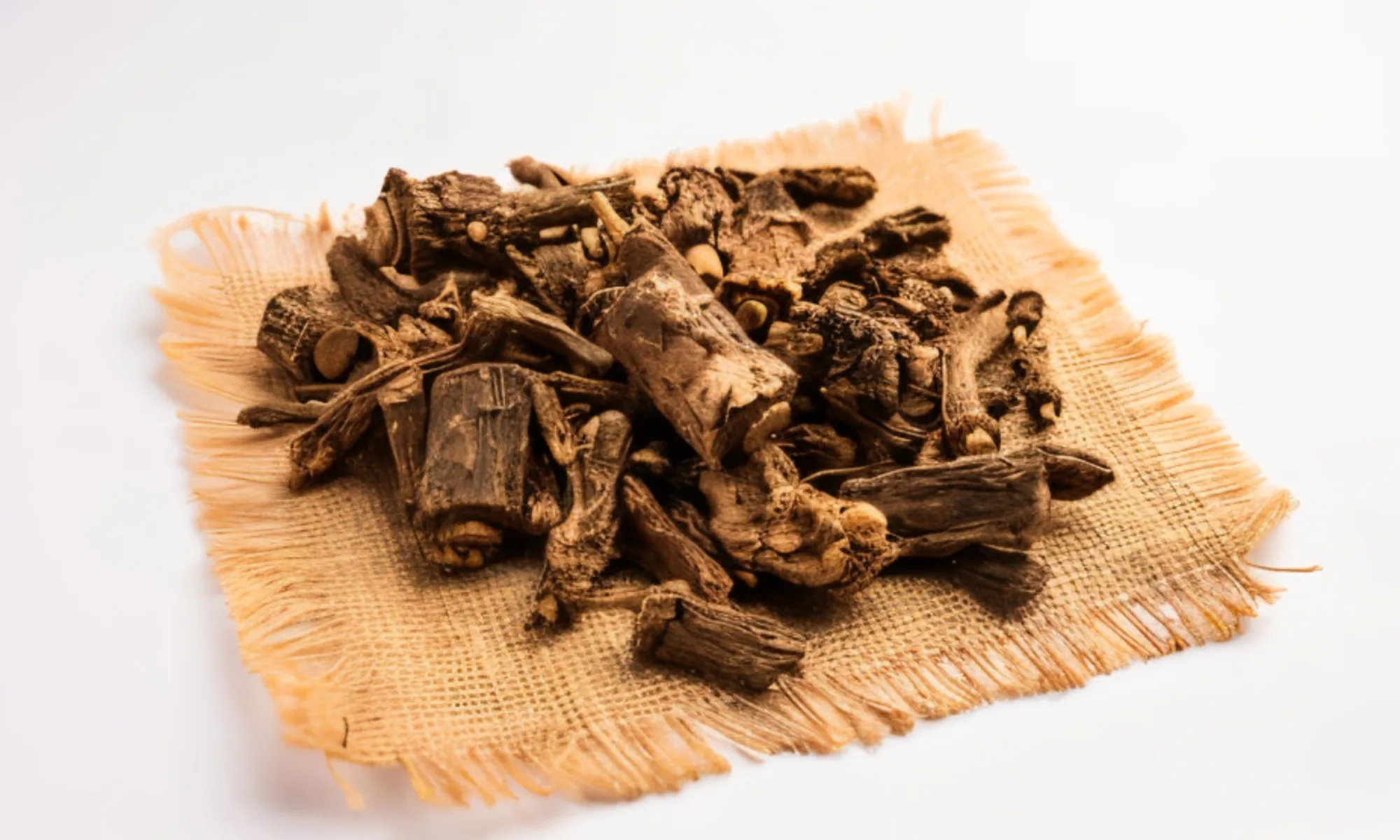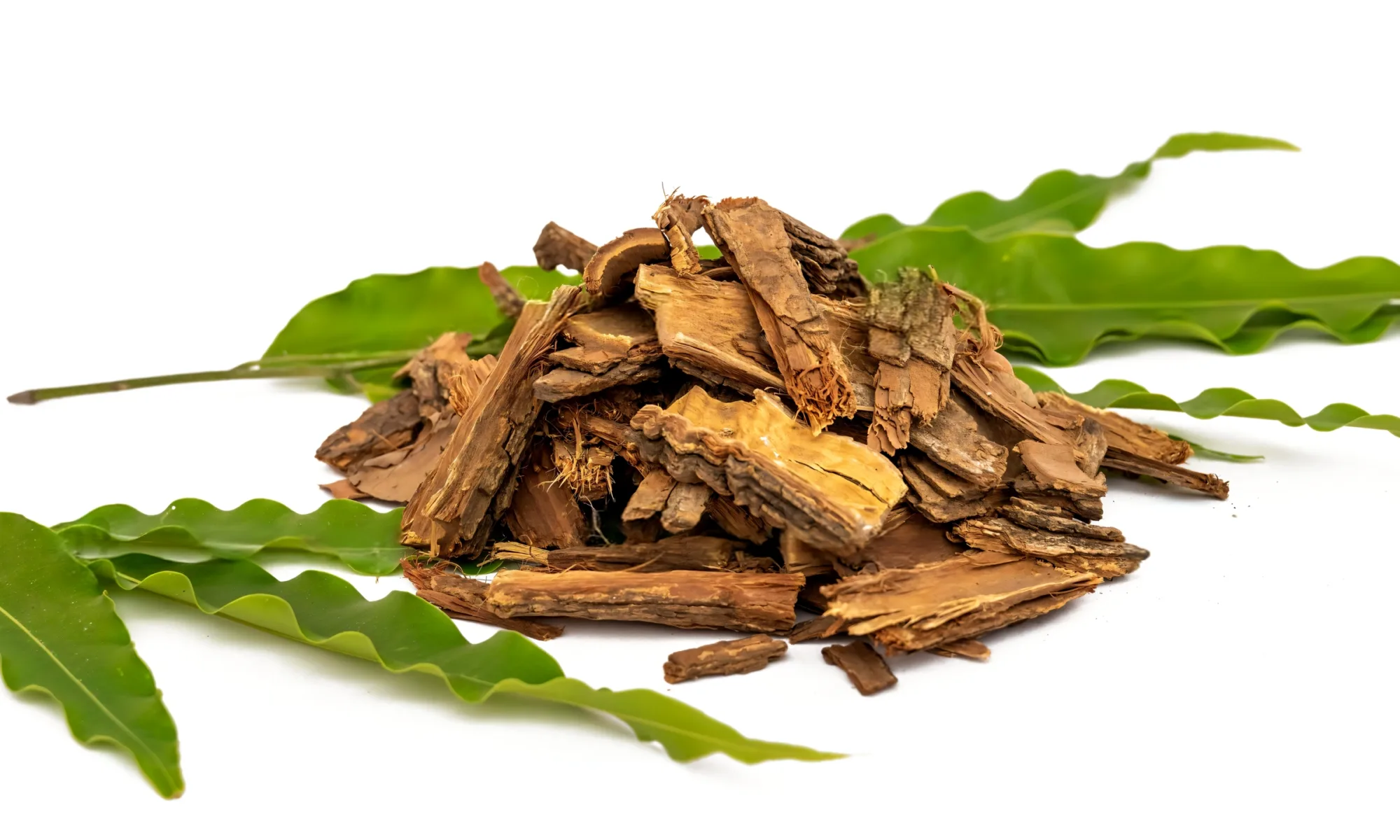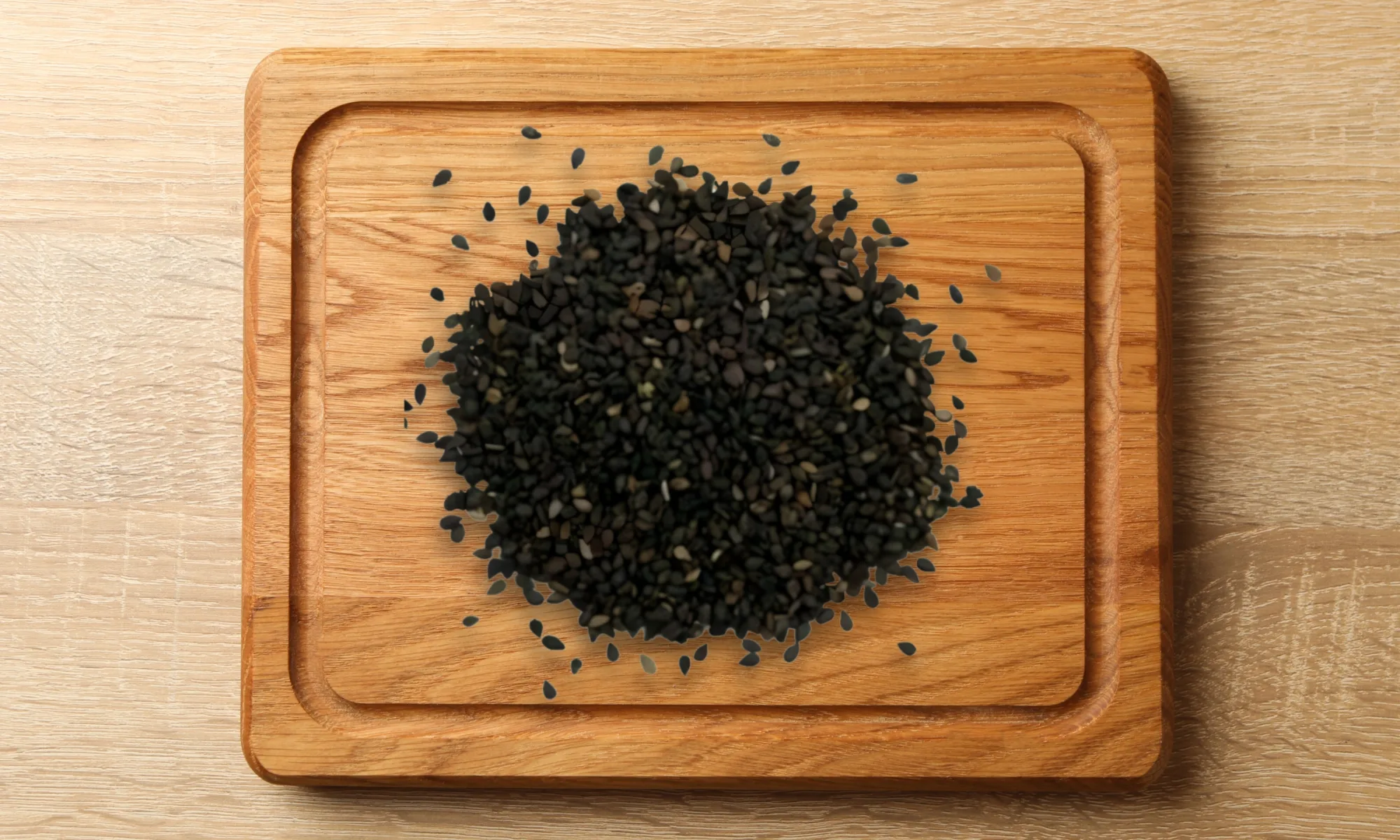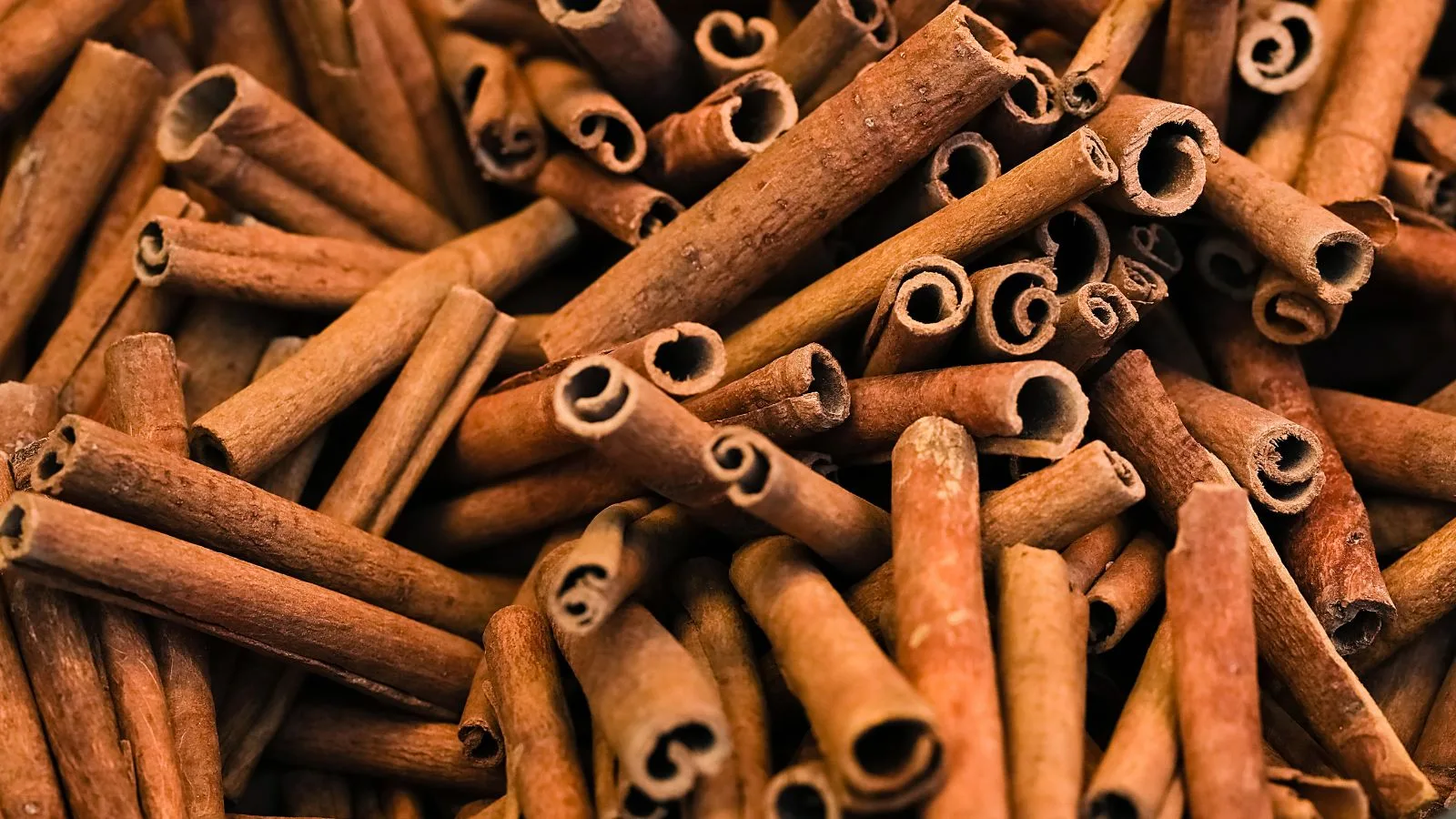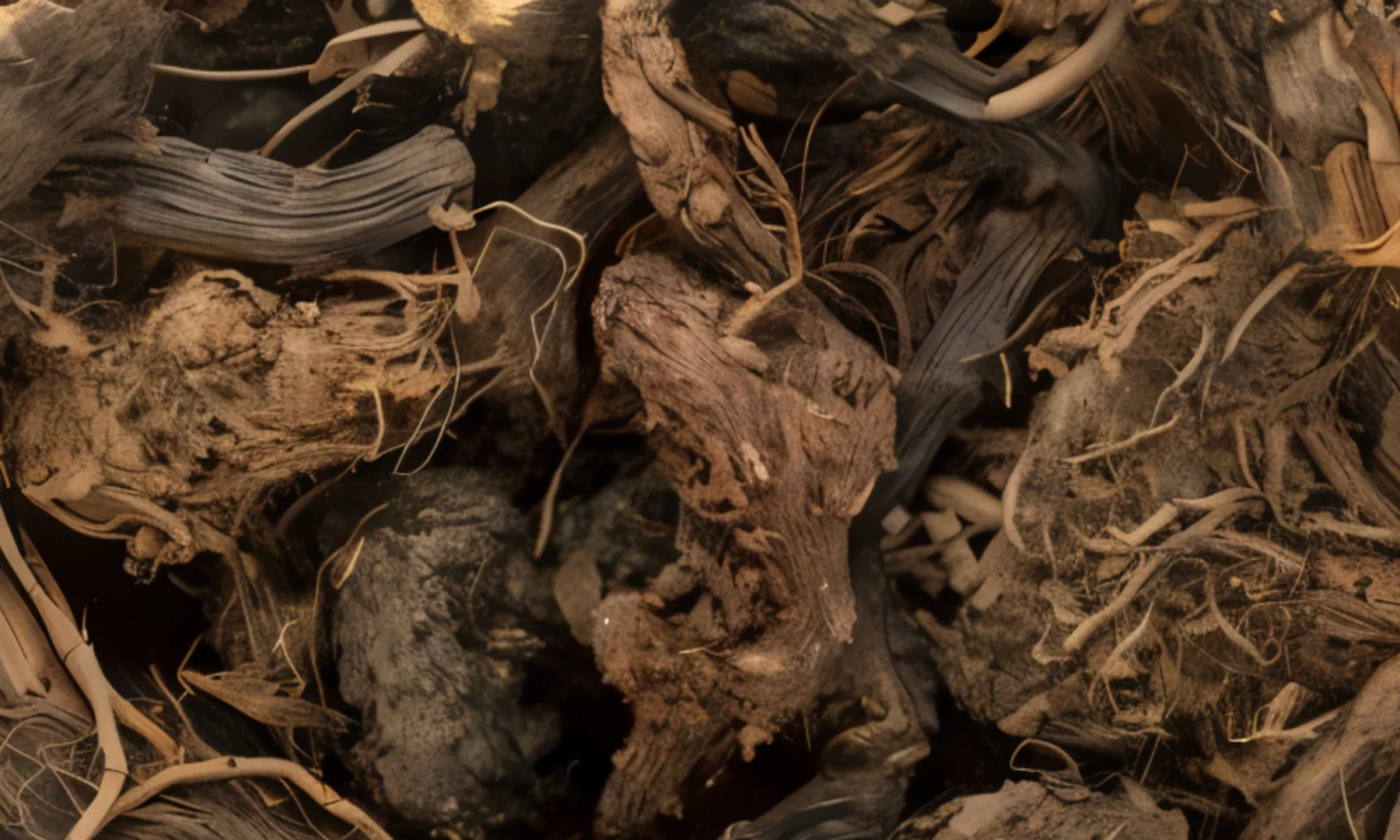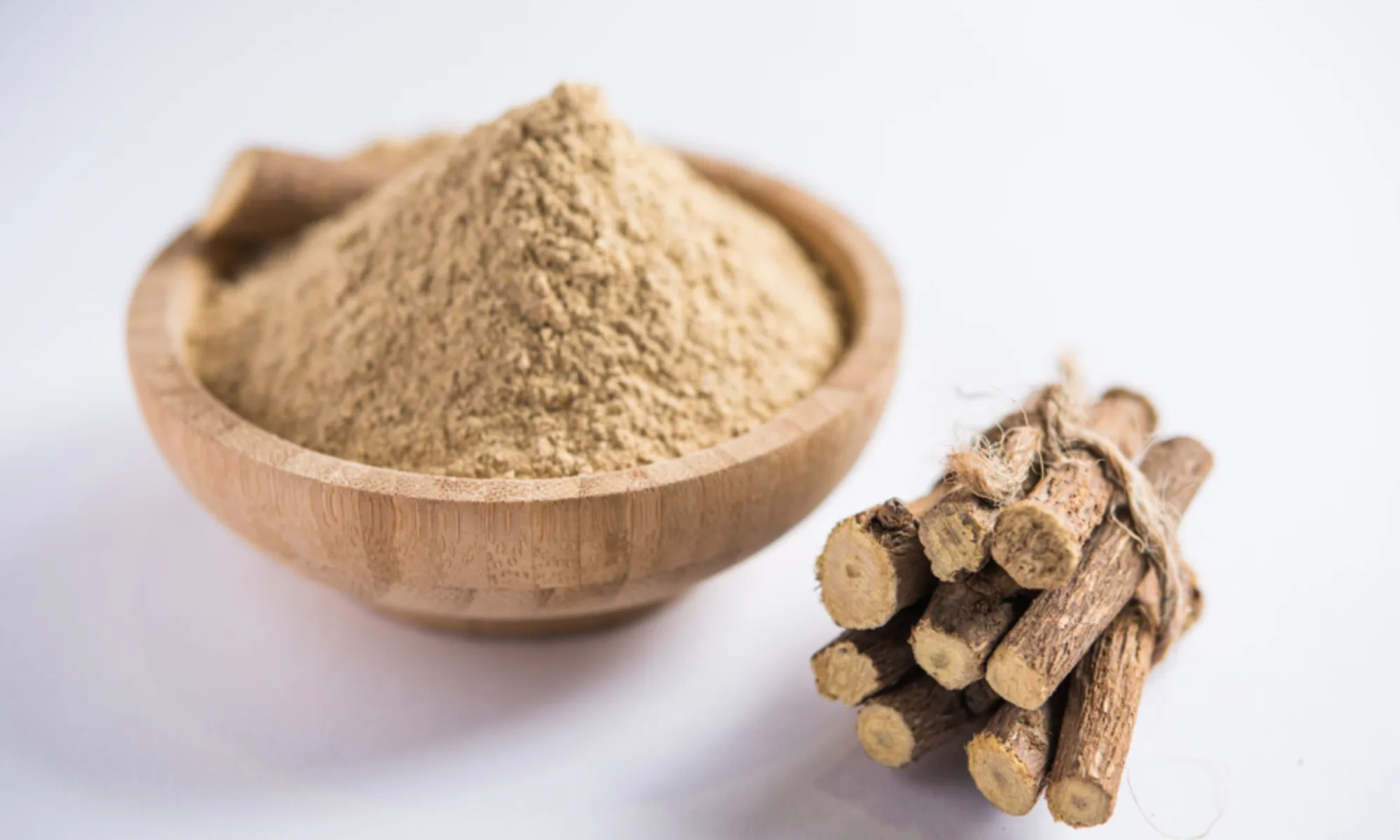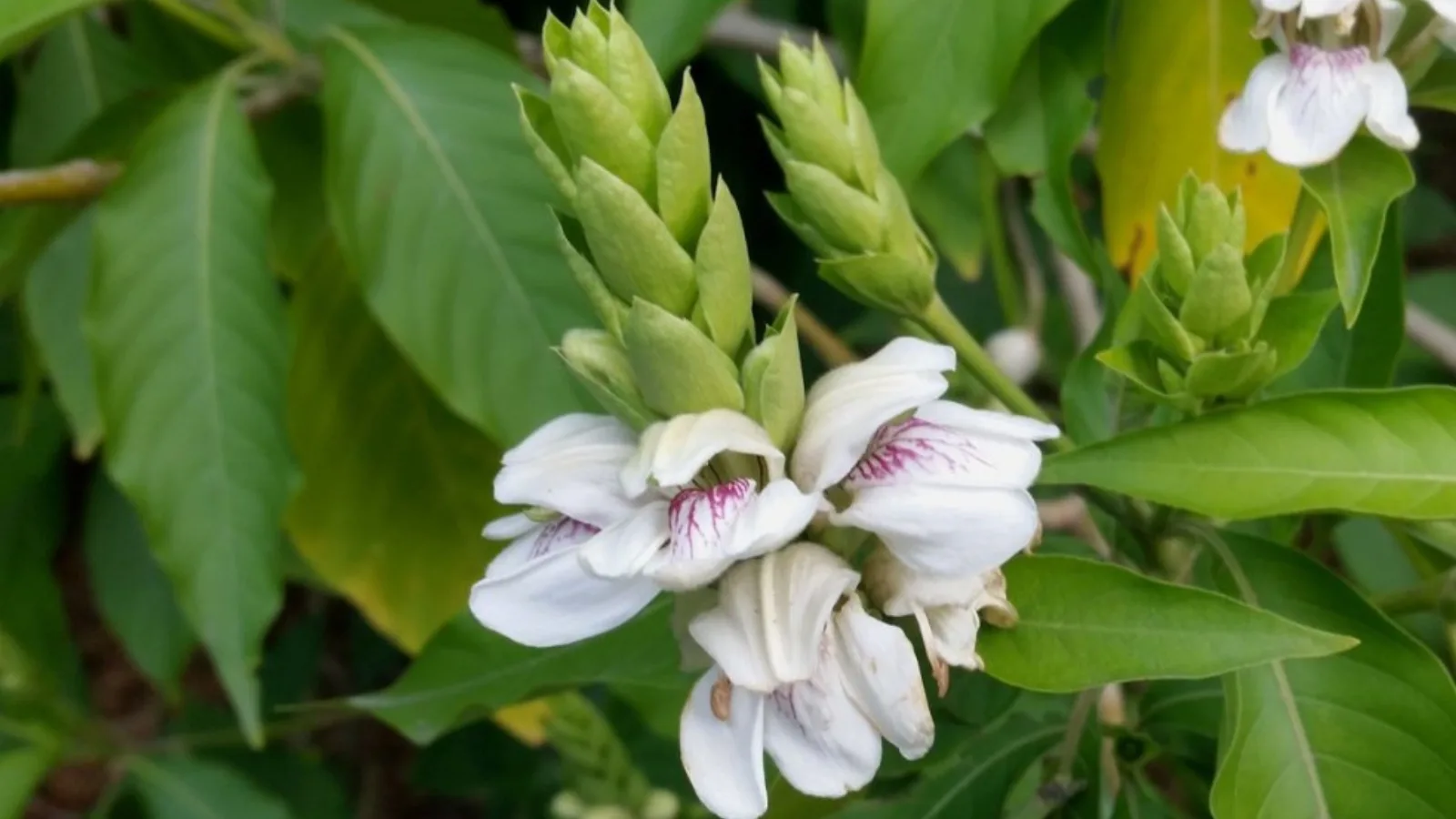
Commonly known as Ardushi or Vasaka, this small evergreen shrub is found across India. It features lance-shaped leaves and white flowers often tinged with purple. In Ayurveda, it is traditionally valued for its effectiveness in treating respiratory ailments due to its bronchodilator and expectorant properties.
Justicia Adhatoda Scientific Names
- Kingdom: Plantae
- Clade: Tracheophytes
- Clade: Angiosperms
- Clade: Eudicots
- Order: Lamiales
- Family: Acanthaceae
- Genus:Adhatoda
- Species: A. vasica
Justicia Adhatoda Common Names
- Sanskrit: Vasa, Vasaka, Ardushi
- Hindi: Arusa, Bansa
- English: Malabar Nut
- Marathi: Adulsa
- Tamil: Adathodai
- Telugu: Addasaramu
- Malayalam: Atalotakam
Justicia Adhatoda Uses
- Anti-inflammatory – Helps reduce inflammation in respiratory and urinary tract infections.
- Bleeding Disorders – Has hemostatic properties; used for bleeding gums, piles, and nasal bleeding.
- Antioxidant Activity – Reduces oxidative stress and supports overall cellular health.
Phytochemical Constituents
- Alkaloids: Vasicine, Vasicinone (major bioactive components)
- Flavonoids: Luteolin, Apigenin
- Tannins
- Essential oils
- Saponins
- Phenolic compounds
References
Sharma, P. V. (2005). Dravyaguna Vijnana, Vol. 2. Chaukhambha Bharati Academy.
Government of India. (2001). The Ayurvedic Pharmacopoeia of India, Part I, Vol. I, Ministry of AYUSH.
Dhuley, J. N. (1999). Antitussive effect of Adhatoda vasica extract on mechanical or chemical stimulation-induced coughing in animals. Journal of Ethnopharmacology, 67(3), 361–365.
Atal, C. K., & Sethi, P. D. (1975). Pharmacognosy and phytochemistry of Adhatoda vasica. Indian Journal of Pharmacy, 37, 69–71.
Kapoor, L. D. (2001). Handbook of Ayurvedic Medicinal Plants. CRC Press.

Lodhra (Symplocos racemosa) is an evergreen tree native to India, commonly found in the northeastern parts of the country. It holds significant importance in traditional Ayurvedic medicine Ayurvedic medicine due to its wide-ranging therapeutic applications.
Scientific Classification
- Kingdom: Plantae
- Family: Symplocaceae
- Genus: Symplocos
- Species: S. racemosa
Common Names
- Sanskrit: Lodhra
- Hindi: Lodh
- Bengali: Lodhra
- Tamil: Vellilothram
- Telugu: Lodhuga
- Malayalam: Pachotti
- Marathi: Lodhra
- Kannada: Lodhra
- Assamese: Lodhra
- Gujarati: Lodhra
Botanical Description
Lodhra is a small to medium-sized evergreen tree with smooth, grayish-brown bark. It usually reaches a height of 6 meters. The leaves are simple, elliptic, and lance-shaped with a smooth texture. The tree produces fragrant white flowers in clusters.
Medicinal Uses
Menstrual Disorders:Lodhra is traditionally used to manage menstrual irregularities, including menorrhagia (heavy menstrual bleeding), amenorrhea (absence of menstruation), and dysmenorrhea (painful menstruation). Its astringent and anti-inflammatory properties help regulate menstrual flow and alleviate associated discomfort.
Leucorrhea: The herb is effective in treating leucorrhea (abnormal white vaginal discharge) due to its antimicrobial and astringent effects, which help reduce excessive discharge and combat infections.
Uterine Fibroids:Lodhra has been utilized in managing uterine fibroids, benign tumors of the uterus. Its astringent nature aids in reducing excessive menstrual bleeding associated with fibroids.
Polycystic Ovary Syndrome (PCOS): Studies suggest that Lodhra can help balance hormones, thereby assisting in the management of PCOS. It supports normal estrogen, progesterone, and follicle-stimulating hormone (FSH) levels while reducing androgens that can disrupt female reproductive function.
Key Chemical Constituents
Lodhra contains several active chemical compounds that contribute to its medicinal properties:
- Triterpenes: Betulinic acid, oleanolic acid, acetyloleanolic acid.
- Flavonoids: Quercetin and other flavonoid glycosides.
- Phenolic Compounds: Symplocoside, ellagic acid.
- Alkaloids: Loturine, loturidine.
Health Benefits
- Anti-inflammatory: Lodhra has anti-inflammatory properties that help reduce swelling and reduce pain.
- Antioxidant: It neutralizes free radicals, which can prevent cell damage.
- Astringent: The herb tightens tissues and reduces secretions, making it useful for treating excessive bleeding or discharge.
- Antibacterial: Lodhra’s antimicrobial properties help in treating infections and promoting wound healing.
- Liver Health: It helps detoxify and cleanse the liver.
References:
- Kumar, S., & Kumar, V. (2016). A comprehensive analysis on Symplocos racemosa Roxb. Journal of Ethnopharmacology, 181, 236-251.
- Mishra, S. S., & Bapat, S. K. (1964). Preliminary Phytochemical and Pharmacological Study of Symplocos racemosa (Roxb.). Indian Journal of Physiology and Pharmacology, 8(3), 181–188.
- Easy Ayurveda. (2013). Lodhra (Symplocos racemosa) Benefits, Usage, Dose, Side Effects. Retrieved from https://www.easyayurveda.com
- AFDIL. (n.d.). Ashoka and Lodhra in uterine fibroids. Ayurvedic Formulations and Drug Information Laboratory.
- International Journal of Research in Ayurveda & Pharmacy Sciences. (n.d.). Lodhra in gynecological disorders. International Journal of Research in Ayurveda & Pharmacy Sciences, 5(2), 166-187.
- Organic India USA. (n.d.). Lodhra: Benefits for women’s health. Organic India USA Publications.
- Mylo Family. (n.d.). Lodhra: The wonder herb for women’s health. Mylo Health Journal.

Ashwagandha (Withania somnifera) is a woody shrub native to India, the Middle East, and parts of Africa. It is a small shrub that can grow up to 35-75 cm in height, with oval-shaped, green leaves. The plant produces small, greenish-yellow flowers that bloom in small clusters, followed by orange-red fruit resembling berries. The roots of Ashwagandha are primarily used for their medicinal properties and are highly regarded in Ayurvedic medicine.
Ashwagandha Scientific Names
- Kingdom: Plantae
- Division: Angiosperms
- Class: Dicotyledons
- Order: Solanales
- Family: Solanaceae
- Genus: Withania
- Species: somnifera
Ashwagandha Common Names
- English: Ashwagandha, Indian Ginseng, Winter Cherry
- Hindi: Ashwagandha
- Sanskrit: Ashvagandha
- Tamil: Amukkara
- Bengali: Ashwagandha
- Telugu: Indian Ginseng
Ashwagandha Uses
- Men’s Health – It boosts testosterone levels, enhances libido, and promotes prostate health, improving overall male vitality.
- Neurocare (Cognitive Health) – Known for enhancing memory, focus, and brain function, Ashwagandha also helps reduce stress and prevents cognitive decline.
- Digestive Health – It supports gastrointestinal health by easing indigestion, bloating, and constipation, while also protecting against ulcers.
- Cardiovascular Health – It helps regulate blood pressure and cholesterol levels, supporting heart health and reducing cardiovascular risks.
- Endocrine Health – Ashwagandha supports thyroid function and helps regulate blood sugar levels, beneficial for managing hypothyroidism and diabetes
- Physical Performance – Used to increase muscle strength, endurance, and stamina, it helps improve overall physical performance and recovery
- Anti-aging Benefits – Its antioxidant properties fight oxidative stress, promote cell regeneration, and support youthful skin.
- Blood Health – It purifies the blood and strengthens the immune system. Helpful in improving energy and fighting weakness.
- Fever Support – It supports the body’s natural defense against infections. It helps bring down fever by boosting immunity.
Phytochemical Constituents
Ashwagandha contains a variety of bioactive compounds, which are primarily responsible for its medicinal properties.
- Withanolides: These are steroidal lactones, considered the most significant bioactive constituents. They have been linked to anti-inflammatory, anti-cancer, and neuroprotective effects.
- Alkaloids: These include withanine, somniferine, and anahygrine, contributing to its anti-stress and sedative effects.
- Saponins: These compounds possess anti-inflammatory and immune-boosting properties.
- Flavonoids: Known for their antioxidant effects.
- Phenolic compounds: Ashwagandha contains phenolic acids that contribute to its antioxidant and anti-inflammatory actions.
References
Indian Pharmacopoeia (2018). Withania somnifera. In: Indian Pharmacopoeia 8th Edition. The Indian Pharmacopoeia Commission, Ghaziabad, India.
World Health Organization (WHO) (2004). WHO Monographs on Selected Medicinal Plants, Volume 1.
British Pharmacopoeia (BP) (2020). Withania somnifera. In: British Pharmacopoeia 2020.
European Medicines Agency (EMA) (2010). Assessment Report on Withania somnifera (Ashwagandha).
Committee on Herbal Medicinal Products (HMPC) (2015). Withania somnifera (Ashwagandha).

Bala beej (Sida cordifolia) is a medicinal plant known for its versatile therapeutic properties. Belonging to the Malvaceae botanical family, this plant is traditionally known as “Bala” in Ayurvedic medicine. For generations, its seeds—called Bala Beej—have been valued in India for their powerful health-enhancing properties. Renowned for boosting stamina, reducing fatigue, and increasing physical strength, Bala Beej plays a key role in supporting overall vitality and wellness.
Scientific Names
- Kingdom: Plantae
- Phylum: Angiosperms
- Class: Eudicots
- Order: Malvales
- Family: Malvaceae
- Genus: Sida
- Species: Sida cordifolia
Common Names
- English: Bala Seeds
- Sanskrit: Bala, Abhaya
- Hindi: Bala beej, Dhanvak
- Tamil: Bala
- Telugu: Chitta Gadda
- Bengali: Bala beej
- Marathi: Bala
Traditional and Medicinal Uses
- Strength and Vitality – Traditionally used as a rejuvenating tonic to promote physical strength, stamina, and vitality. It is particularly beneficial for individuals experiencing weakness or fatigue.
- Musculoskeletal Health – Works as a muscle tonic, commonly used to treat conditions like muscle weakness, joint pain, and general bodily fatigue. It is commonly included in treatments targeting arthritis and other rheumatic conditions.
- Anti-inflammatory and Analgesic Properties – Bala beej is believed to have potent anti-inflammatory and analgesic properties, making it useful for treating inflammatory conditions like arthritis and muscle pain.
- Sexual Health – It has traditionally been valued for its potential to boost sexual energy and is often regarded as a natural aphrodisiac in herbal medicine.
Phytochemical Constituents
The medicinal properties of Bala beej can be attributed to its diverse range of bioactive compounds, including:
- Alkaloids: Ephedrine, Pseudoephedrine
- Flavonoids: Quercetin, Kaempferol
- Tannins: Ellagic acid
- Saponins: Beta-sitosterol
- Amino Acids: L-arginine, L-asparagine
References
Ayurvedic Pharmacopoeia of India (API), Govt. of India.
Sharma, P., & Singh, V. (2011). “Medicinal properties of Sida cordifolia L. – A review.” Journal of Medicinal Plants Research, 5(14), 3094-3100.
Chopra, R.N., Nayar, S.L., & Chopra, I.C. (1956). Glossary of Indian Medicinal Plants. CSIR, New Delhi.
Singh, G., & Bhatnagar, M. (2012). “Pharmacological properties of Sida cordifolia: An overview.” International Journal of Pharmaceutical Sciences and Research, 3(10), 3687-3691.
Kirtikar, K.R., & Basu, B.D. (1999). Indian Medicinal Plants. 2nd Edition. International Book Distributors, Dehradun, India.
European Pharmacopoeia, 10th Edition, Council of Europe.
Mukherjee, P.K., & Heinrich, M. (2009). Indian Medicinal Plants: An Illustrated Dictionary. Taylor & Francis, London.
Hindi Name : दालचीनी
Sanskrit Name : Tvak
English Name : Cinnamon
Latin Name : Cinnamomum verum
The cinnamaldehyde, its active compound, helps to fight various types of infection. Its essential oils also are known to boost immunity and protect against common cold and sore throat. Try the Turmeric and Cinnamon Detox Water to strengthen your immune system and fight infections.
Key Benefits :
- Powerful medicinal Properties
- Protects from Oxidative damage
- Protects against Bacterial and fungal L infection
- Protects against Brain diseases

Jatamansi (Nardostachys jatamansi DC.) is a perennial herb known for its aromatic rhizomes and strong medicinal properties. It belongs to the Caprifoliaceae family (formerly classified under Valerianaceae) and grows primarily in the Himalayan regions of India, Nepal, Bhutan, and China. Traditionally used in Ayurveda, Unani, and Siddha systems of medicine, Jatamansi is known for its neuroprotective, anti-inflammatory, adaptogenic, and sedative effects. It is highly regarded for its effectiveness in managing insomnia, epilepsy, various mental health conditions, and skin ailments.
Jatamansi Scientific Names
- Kingdom: Plantae
- Phylum: Angiosperms
- Class: Eudicots
- Order: Dipsacales
- Family: Caprifoliaceae
- Genus: Nardostachys
- Species: Nardostachys jatamansi
Jatamansi Common Names
- English: Spikenard
- Sanskrit: Jatamansi
- Hindi: Jatamansi
- Tamil: Jatamamsi
- Telugu: Jatamamsi
- Bengali: Jatamansi
- Marathi: Jatamansi
- Punjabi: Balchad
Jatamansi Uses
- Stress and Anxiety Relief – Functions as a potent adaptogen and natural sedative, reducing stress, depression, and emotional instability.
- Hair and Skin Health – Widely used in Ayurvedic formulations for hair growth and preventing premature graying, Helpful in managing skin infections, inflammation, and eczema.
- Cardiovascular Protection – May lower blood pressure and stabilize heart rhythm due to its hypotensive and cardiotonic effects.
Phytochemical Constituents
Jatamansi contains a variety of active constituents responsible for its therapeutic effects:
- Sesquiterpenes: Jatamansone (Spironol), Nardostachone
- Essential oils: Nardol, Calarene, β-Sitosterol
- Alkaloids: Actinidine
- Flavonoids: Luteolin, Apigenin
- Glycosides and Sterols
References
Ayurvedic Pharmacopoeia of India (API), Part I, Vol. IV. Govt. of India, Ministry of AYUSH.
The Wealth of India: A Dictionary of Indian Raw Materials and Industrial Products – Raw Materials, Vol. 7. CSIR, New Delhi.
Panda, H. (2004). Herbs Cultivation and Medicinal Uses. Asia Pacific Business Press Inc.
Samadi, N., et al. (2014). “Neuropharmacological effects of Nardostachys jatamansi: A review.” Iranian Journal of Basic Medical Sciences, 17(12), 940–949.
Singh, R., et al. (2012). “An update on pharmacological potential of Nardostachys jatamansi DC.” International Journal of Pharmacy and Pharmaceutical Sciences, 4(Suppl 4), 27–33.
Sharma, P.V. (1999). Dravyaguna Vijnana, Vol. II. Chaukhambha Bharati Academy, Varanasi.

Yashtimadhu (Glycyrrhiza glabra) is a perennial herb renowned in Ayurvedic, Unani, and traditional Chinese medicine for its soothing, demulcent, and anti-inflammatory properties. It belongs to the Fabaceae family and is mainly used for treating respiratory, gastrointestinal, and skin conditions. Its sweet taste and therapeutic actions make it one of the most widely used herbs in traditional medicine systems.
Yashtimadhu Scientific Names
- Kingdom: Plantae
- Phylum: Angiosperms
- Class: Eudicots
- Order: Fabales
- Family: Fabaceae
- Genus: Glycyrrhiza
- Species: Glycyrrhiza glabra
Common Names
- English: Licorice / Liquorice
- Sanskrit: Yashtimadhu
- Hindi: Mulethi
- Tamil: Atimadhuram
- Telugu: Yashtimadhuka
- Malayalam: Irattimadhuram
- Kannada: Jethimadh
- Bengali: Josthimadhu
- Marathi: Jeshthamadh
Traditional and Medicinal Uses
- Respiratory Health – Acts as an expectorant, bronchodilator, and anti-inflammatory agent in conditions like cough, asthma, and bronchitis.
- Digestive Support – Used as a demulcent to soothe ulcers, gastritis, and hyperacidity, Promotes gut health and protects the mucosal lining.
- Skin Disorders – Applied topically or consumed internally for eczema, itching, and inflammatory skin conditions.
- Immunomodulatory and Rejuvenative (Rasayana) – Enhances vitality, immunity, and longevity; traditionally used as a rasayana in Ayurveda.
- Endocrine and Hormonal Balance – Studied for its effects on adrenal support and estrogenic activity.
Phytochemical Constituents
Yashtimadhu contains numerous bioactive compounds that contribute to its diverse therapeutic effects:
- Saponins: Glycyrrhizin (main active), Liquiritin
- Flavonoids: Glabridin, Liquiritigenin, Isoliquiritigenin
- Chalcones: Licochalcone A, B
- Polysaccharides: Arabinogalactans
- Other: Coumarins, Sterols, Starch, Sugars
References
Ayurvedic Pharmacopoeia of India (API), Part I, Vol. II, Government of India, Ministry of AYUSH.
European Pharmacopoeia, 10th Edition, Council of Europe.
Chandrasekaran, C.V., et al. (2011). “Dual inhibitory effect of Glycyrrhiza glabra on COX and LOX products in inflammation.” Inflammopharmacology, 19(4), 235–241.
Pastorino, G., Cornara, L., Soares, S., Rodrigues, F., & Oliveira, M.B.P.P. (2018). “Licorice (Glycyrrhiza glabra): A phytochemical and pharmacological review.” Phytotherapy Research, 32(12), 2323–2339.
Aly, A.M., Al-Alousi, L., & Salem, H.A. (2005). “Licorice: a possible anti-inflammatory and anti-ulcer drug.” AAPS PharmSciTech, 6(1), E74–E82.
Chopra, R.N., Nayar, S.L., & Chopra, I.C. (1956). Glossary of Indian Medicinal Plants, CSIR, New Delhi.
Sharangdhar Samhita, Madhyam Khanda, Chapter on Amlapitta and Shwasa-Kasa Rogadhikar.
Nadkarni, K.M. (1954). Indian Materia Medica, Bombay Popular Prakashan.


